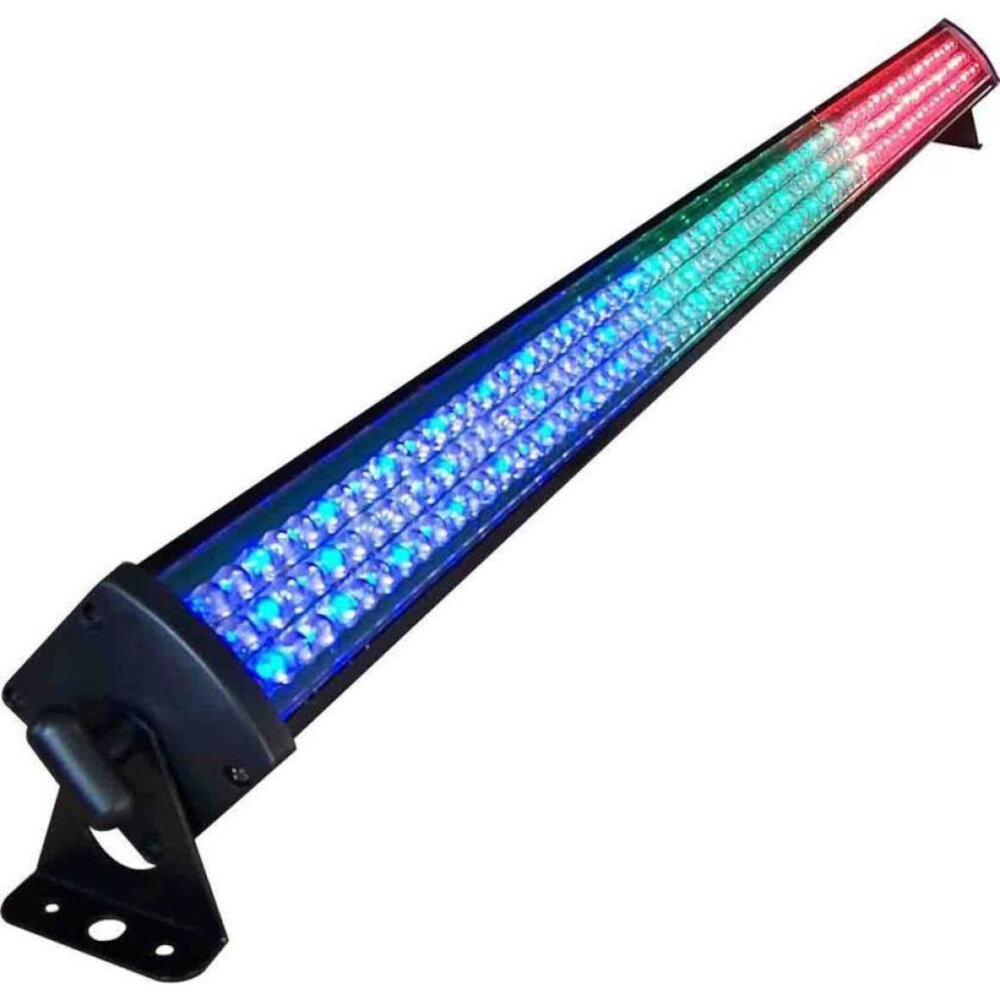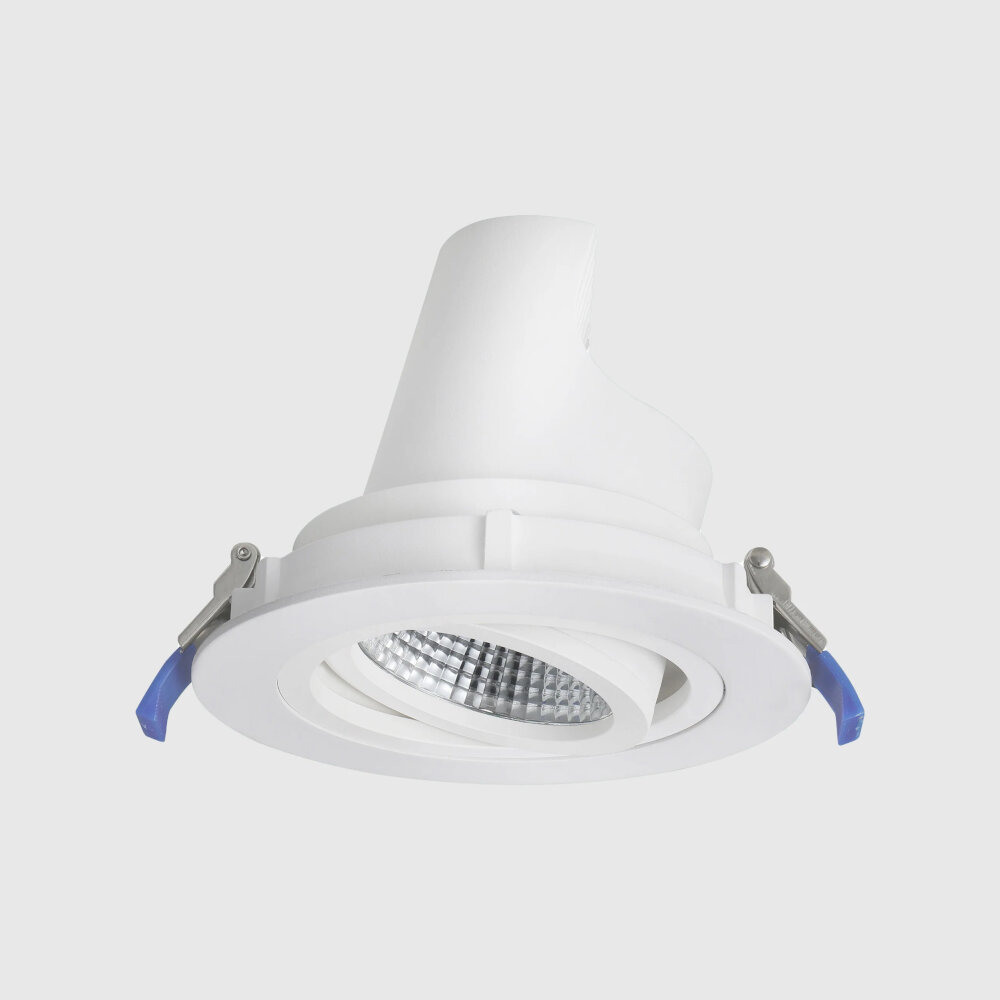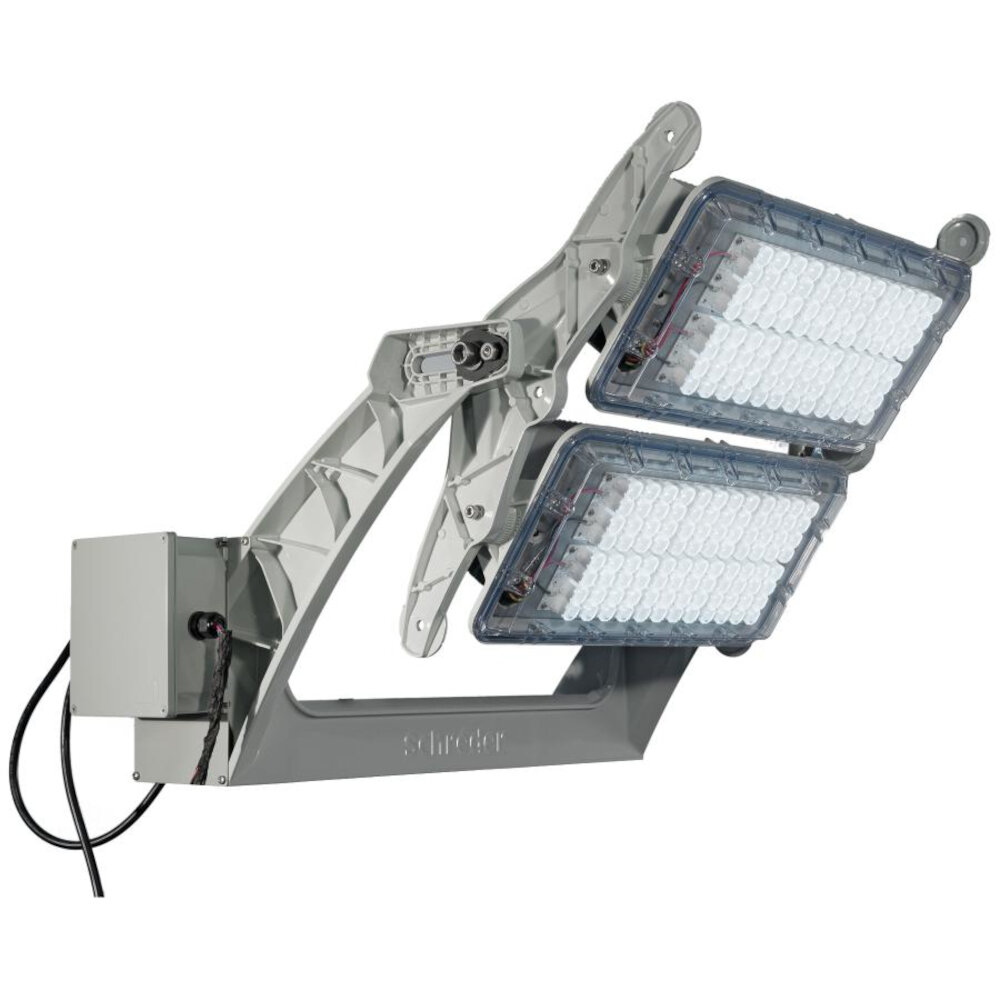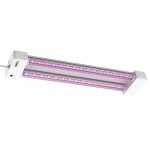LED Lighting: Understanding the Power Consumption How Many Amps Does an LED Light Draw?

In recent years, LED lighting has become increasingly popular due to its energy efficiency and longevity. As more and more people choose to make the switch to LED lighting in their homes or businesses, it’s important to understand the power consumption of these lights. One of the key factors in understanding LED power consumption is knowing how many amps an LED light draws. By understanding this metric, you can better manage your energy usage and make informed decisions about your lighting needs. First and foremost, it’s important to note that LED lights draw significantly less power than traditional incandescent bulbs. This is due to their inherent energy efficiency and the fact that they don’t generate heat in the same way that incandescent bulbs do. In general, an LED light will draw between 0.02 and 0.03 amps, which is much less than the 0.5 to 1.5 amps that an incandescent bulb might draw. However, it’s important to note that this can vary depending on the specific type and model of LED light you’re using. By understanding the power consumption of your LED lights, you can make informed decisions about how many lights to use and how long to keep them on for.
LED stands for Light Emitting Diode, it is a type of solid-state lighting technology that is highly energy efficient and long-lasting. Unlike traditional incandescent bulbs, LEDs don’t use a filament that can burn out, instead, they produce light when voltage is applied to a semiconductor material. The electrons in the material then release energy in the form of photons, creating visible light. This process consumes less power and produces less heat than other lighting technologies, making LEDs a more sustainable and cost-effective option. Additionally, LEDs are available in a wide range of colors and can be dimmed, making them a versatile lighting solution for a variety of applications.
Understanding power consumption is critical in today’s world where energy conservation is essential. Power consumption is the amount of energy a device requires to function over a specified period, and it is measured in watts or amps. In the context of LED lighting, understanding power consumption is crucial because it can help you determine the amount of electricity required to power a particular LED light. This knowledge is essential because it helps you to make informed decisions about energy consumption, budgeting, and environmental impact. With the increasing demand for energy-efficient lighting solutions, understanding the power consumption of LED lights is becoming increasingly important as it allows us to choose the right LED lighting products and reduce energy wastage.
Factors Affecting Power Consumption

Power consumption is an important aspect when it comes to LED lighting. There are various factors that affect the power consumption of LED lights. The first factor is the type of LED bulb being used. Different LED bulbs have different wattage, and this affects the amount of power they consume. For example, a 100-watt LED bulb will consume more power compared to a 50-watt LED bulb. It is, therefore, important to choose the right LED bulb wattage for your needs to avoid unnecessary power consumption. The second factor that affects power consumption is the number of LED bulbs being used. If you have multiple LED bulbs in a room, the power consumption will be higher compared to having only one LED bulb. It is recommended to use only the required number of LED bulbs in a room to avoid unnecessary power consumption. Additionally, the color temperature of the LED light also affects power consumption. LED lights with a higher color temperature require more power compared to those with lower color temperature. Therefore, it is important to consider the color temperature of the LED light when choosing the right LED bulb for your needs.
Wattage is an essential factor to consider when purchasing an LED light. It refers to the amount of power consumed by the light source. A higher wattage rating means that the LED light will consume more electricity and produce more brightness. However, the wattage alone does not determine the brightness of the light. The efficacy of the LED chip and the quality of the driver circuitry also play a vital role in determining the brightness of the light. Therefore, when selecting an LED light, it is crucial to consider both the wattage and the quality of the LED chip and driver circuitry to ensure optimal performance and energy efficiency.
The voltage of a power source is an essential parameter to consider when it comes to powering LED lights. It refers to the electrical potential difference between two points in a circuit, and it determines the rate at which electrical energy is transferred between them. For LED lights, the voltage rating of the power source must match that of the LED driver to prevent damage to the LED components. LED lights typically operate on low voltage, usually between 12V and 24V, which means the power source must be able to supply sufficient current to meet the LED’s power requirements. A higher voltage power source can supply more current to multiple LED lights connected in parallel, but it may also generate excess heat, which can reduce the LED’s lifespan. Therefore, it is crucial to choose the right power source with the correct voltage rating to ensure optimal performance and longevity of the LED lighting system.
LED lights are known for their high level of efficiency, making them a popular choice for lighting in homes, businesses, and outdoor spaces. Compared to traditional bulbs, LED lights consume significantly less power, resulting in lower electricity bills and reduced carbon emissions. This is due to their ability to convert a higher percentage of energy into light, rather than heat, and their longer lifespan, which reduces the frequency of replacements. Additionally, LED lights come in a variety of colors and brightness levels, making them versatile and adaptable to a range of lighting needs. As technology continues to improve, LED lights are becoming even more efficient, providing a sustainable and cost-effective lighting solution for the future.
Calculating Amp Draw of LED Light

Calculating the amp draw of an LED light is essential to ensure that the power supply can provide enough current to operate the light safely and efficiently. To calculate the amp draw, you need to know the voltage and wattage of the LED light. The voltage is the amount of electrical potential energy required to power the LED light, and the wattage is the rate at which the LED light consumes energy. To determine the amp draw, you can use Ohm’s law, which states that the current (in amps) is equal to the voltage (in volts) divided by the resistance (in ohms). In the case of an LED light, the resistance is the wattage divided by the voltage. Therefore, to calculate the amp draw, you can divide the wattage of the LED light by the voltage and obtain the current in amps. It is important to note that the amp draw of an LED light can vary depending on the type of LED, the power supply used, and the environmental conditions under which the LED light operates. Therefore, it is crucial to verify the specifications provided by the manufacturer of the LED light and the power supply to ensure that the correct voltage and current are used. Moreover, overloading the LED light with too much current can cause it to overheat and fail prematurely, while supplying too little current can result in dimming or flickering of the LED light. Therefore, proper calculation and selection of the power supply for the LED light are critical to ensure the longevity and optimal performance of the LED light.
Calculating the amp draw of an LED light is an important consideration when designing a lighting system. The formula used to determine the amps drawn by an LED light is relatively simple. It involves dividing the wattage of the light by the voltage of the power source. This calculation will yield the amperage drawn by the light. It is important to note that LED lights are highly efficient and draw significantly less amperage than traditional incandescent bulbs. This means that LED lights require less power and can be used with smaller power supplies, reducing cost and improving efficiency. Understanding the power consumption of LED lights is crucial for designing energy-efficient lighting systems that meet the needs of modern applications.
To understand the power consumption of LED lighting, it is essential to calculate the number of amps an LED light draws. This can be done by using the formula: amps = watts / volts. For example, if an LED light has a power rating of 10 watts and operates on a voltage of 12 volts, then the number of amps it draws can be calculated as follows: 10 watts / 12 volts = 0.83 amps. This calculation is crucial for determining the appropriate power supply and wiring specifications for LED lighting installations, ensuring that they operate safely and efficiently. By understanding the power consumption of LED lighting, we can make informed decisions about our energy usage and contribute to a more sustainable future.
Impact of Power Consumption on Energy Costs

The impact of power consumption on energy costs is significant, especially in today’s world where energy resources are being depleted rapidly. Power consumption not only affects energy costs but also has a negative impact on the environment. The more power we consume, the more fossil fuels we burn, which in turn leads to an increase in greenhouse gas emissions. This, in turn, contributes to global warming, which is one of the biggest challenges we face as a society. Therefore, it is important to understand the power consumption of various appliances and devices, including LED lights, to reduce energy costs and protect the environment. LED lighting is an efficient and eco-friendly alternative to traditional lighting systems. LEDs consume less power and last longer than incandescent bulbs, making them a cost-effective and sustainable option. Understanding the power consumption of LED lights is essential to determine their energy costs and environmental impact. By knowing how many amps an LED light draws, one can calculate the amount of power it consumes and estimate its electricity costs. This knowledge can help individuals and businesses make informed decisions about their lighting needs and reduce their energy consumption and costs. Overall, understanding the power consumption of LED lights is crucial to promoting energy efficiency and sustainability.
LED and traditional lighting differ significantly in terms of energy consumption. LED lights are more energy-efficient as they consume less electricity to produce the same amount of light compared to traditional lighting. In fact, LED lights typically use up to 80% less energy than traditional lighting, which can lead to significant savings on electricity bills. This is because LED lights convert almost all of the energy they consume into light, whereas traditional lighting produces a lot of heat, which is wasted energy. Additionally, LED lights have a longer lifespan than traditional lighting, which means they need to be replaced less frequently, further reducing energy consumption. Overall, switching to LED lighting can be a cost-effective and eco-friendly choice for homes and businesses looking to reduce their energy consumption and carbon footprint.
Switching to LED lighting can result in significant cost savings for both residential and commercial spaces. LED lights consume much less energy than traditional incandescent bulbs, resulting in lower electricity bills. Additionally, LED lights have a longer lifespan than other types of lighting, meaning that they need to be replaced less frequently. This not only saves money on replacement costs but also reduces maintenance and labor costs associated with changing out bulbs. Moreover, LED lights produce less heat than traditional lighting, which can lead to lower cooling costs in warm climates. Therefore, investing in LED lighting is a smart choice for those looking to reduce their energy consumption and save money in the long run.
In conclusion, understanding the power consumption of LED lighting is essential for efficient energy usage. When determining how many amps an LED light draws, factors such as voltage, wattage, and the number of LEDs in the fixture must be considered. It is important to note that LED lights consume significantly less power than traditional incandescent bulbs, making them a more cost-effective and environmentally-friendly option. By selecting LED lights that are appropriately rated for the intended use and ensuring proper installation, users can maximize the benefits of this innovative lighting technology.
When choosing LED lighting, it is crucial to consider power consumption as it directly affects energy efficiency and cost savings. LED lights have lower power consumption than traditional lighting sources, making them a more sustainable and environmentally friendly option. By understanding how many amps an LED light draws, you can determine the appropriate power supply and wiring needed for optimal performance. Additionally, considering power consumption can help prevent electrical hazards and ensure that the lighting system meets safety regulations. Overall, taking power consumption into account when selecting LED lighting can result in significant energy and cost savings while promoting a greener, safer environment.
Conclusion

In conclusion, LED lighting is a highly efficient and cost-effective lighting solution that has revolutionized the lighting industry. Understanding the power consumption of LED lights is crucial for making informed decisions when it comes to choosing the right LED lights for your needs. By knowing how many amps an LED light draws, you can ensure that you have the appropriate power supply and avoid any potential issues with overloading circuits or damaging your lighting fixtures. With their low power consumption and long lifespan, LED lights are a clear choice for anyone looking to save money and reduce their environmental impact.





